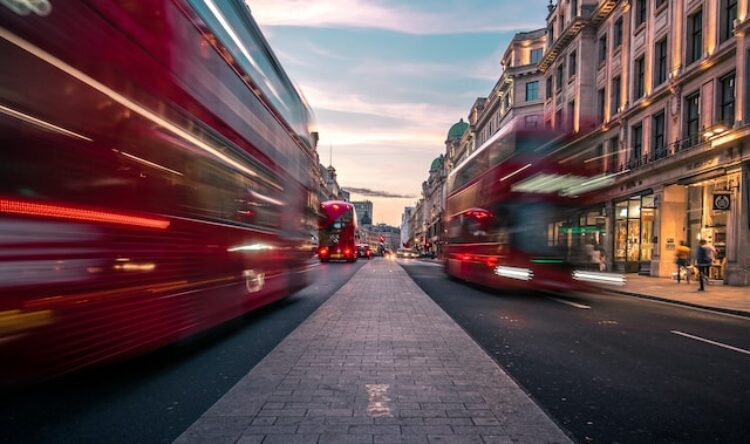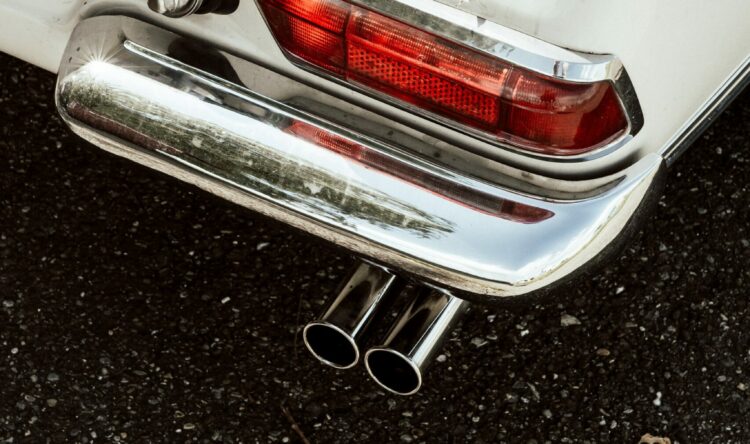Food for thought
Brits spend an average of £595.34 on fast food every year, new study reveals
New research from Group 1 Automotive digs deep into the drive-thru habits of the British public.
It reveals key information about the fast-food frenzy that has enticed the nation for the last 37 years.
From eating at the kitchen or dining table, we move to TV dinners, but now it seems we love dining in transit.
The inaugural drive thru in the United Kingdom opened in 1986 in Fallowfield, Manchester and was, of course, a McDonald’s. Since then, we now have over 2,200 drive thrus all across the nation, with McDonald’s accounting for 938 of these (almost half!), and a drive thru meal has become a staple for many people in the country.
Below, the automotive retailer analysed data collated from survey respondents based in the UK, to reveal the spending, and eating, habits of the UK.
The UK’s favourite drive-through

Perhaps unsurprisingly, McDonald’s took the top spot as the UK’s favourite drive thru restaurant, with almost two-thirds (65%) of the people surveyed reporting it as their favourite spot for a bite to eat.
Following on from McDonalds, the next top drive thru restaurants were:
-
KFC – 12%
-
Starbucks – 5%
-
Burger King – 5%
-
Costa Coffee – 4%
The research also sheds light on British spending habits at drive-thrus, revealing that 45% of Brits typically spend around £10.30 per visit. With an average of 58 visits annually, this totals an impressive £595.34 spent on fast-food treats each year – JUST from drive thrus.
The UK’s favourite fast food

When asked about their favourite drive thru fast food, the results were a clear link to the top drive thru restaurant, with the number one result revealed as burgers, with just under half of the total votes (49%).
Following on from this, the other top fast food items listed by respondents were:
-
Fried chicken – 11%
-
Wraps and sandwiches – 10%
-
Chicken nuggets – 9%
-
Hot drinks – 7%
-
Breakfast rolls – 3%
-
Ice cream – 3%
-
Pastries (Incl. sausage rolls, pasties and bakes) – 2%
-
Cakes/doughnuts – 1%
-
Salads/pasta pots – 1%
3% of the people surveyed revealed they did not have a favourite fast food, whereas 1% stated it was something not listed.
We also asked our respondents what their least favourite fast food is from drive thru restaurants, and coming in at number one is salads/pasta pots, with 26% of the vote.
When looking further into the public’s favourite fast food, Group 1 Automotive asked them what their thoughts were on the healthiness of the menu options at drive thru restaurants.
Almost half of all respondents (48%) stated that they did not try to actively seek out a healthy option at a drive thru, yet 43% of people wished they had more healthy choices available to them.
66% of respondents also admit they would like to see other drive thru restaurants come to light in the UK, such as Chinese, Japanese, or Italian.
Are drive-thrus a hazard?
[

Group 1 Automotive also asked their respondents if they had encountered any incidents involving vehicle damage, or near misses, while using drive-thru facilities.
The research revealed that 1 in 10 people (10%) had damaged their vehicle at a drive thru, with the shape of the road and other drivers at the location being reported as the main culprits, whereas 1 in 4 people (25%) nearly damaged their vehicle at a drive thru, for the same reasons listed.
To look further into the reasons why these accidents may happen, we asked our respondents where they typically eat their drive thru orders:
-
36% of people take their food home with them.
-
22% of people eat their food in the car park of the drive thru restaurant.
-
11% of people eat their food in a scenic area such as a beach or a park.
From the research, we can see that the majority of people (36%) prefer to eat their food at home, or drive to another location to consume their tasty treats. This helps to diminish the risk of road accidents that could occur, by not eating whilst driving.
22% of respondents also agreed that they can get easily distracted when eating whilst driving, so with a build up of stationary cars, and possible distracted drivers, it’s clear to see how it can be hazardous to navigate your way around drive thru restaurants, further increasing the risk of accidents.
It is evident that while drive-thrus may be linked with convenience and tasty treats, caution is essential for customers navigating these fast food restaurants.’
You can read the original report here.







